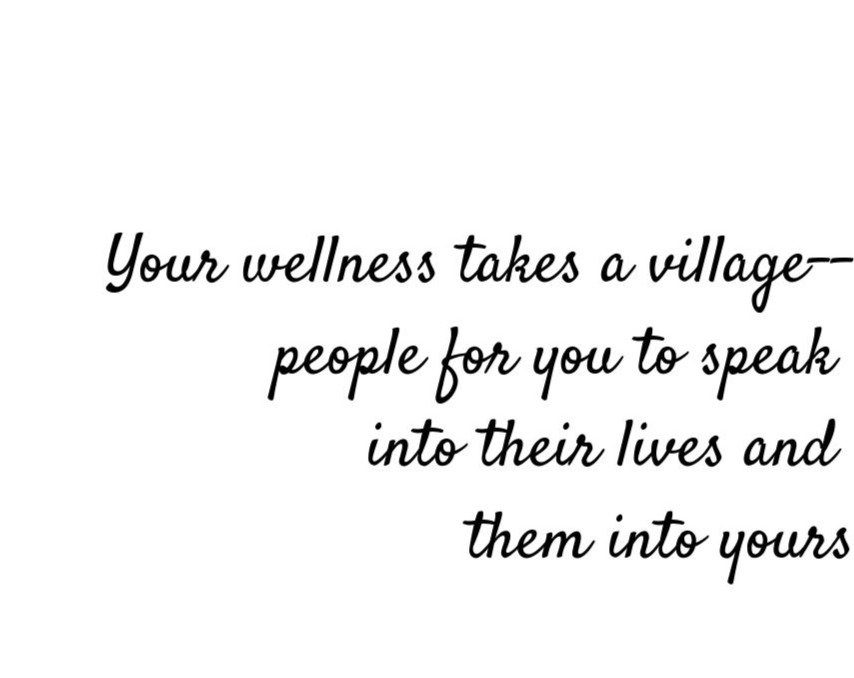Is Holistic Wellness Just a Collection of Good Habits?
Updated: May 8, 2023
COVID has changed a large variety of societal habits—consumer behavior; familial engagement; professional and educational. These changes came abruptly at quarantine’s onset, leaving no one—or no thing—as impact’s exception. With new rules and parameters to live, work and play in smaller microcosms, it’s logical these last seven months or so have, in a sense, created the ideal environment in which to make or break personal habits. Perhaps some good, perhaps some bad. But with the world’s immediate changes in response to COVID, either type of habit can offer us comfort—habits can be a method to practice control in a current world that’s trying to regain it.
So what are habits, exactly? They're the things you do automatically. With over 40% of our daily actions being habitual opposed to conscious thought, it’s beneficial to be aware of how they’re formed and broken in order to take back the wheel—if you will—of your behaviors and decisions. Habits are formed when a relationship is made between a situation (a cue) and action (behavior) that offers you a reward, causing encouragement for the cue/behavior cycle to continue. And because habits are neural sequences coded in your brain, according to the European Journal of Social Psychology (2009) it takes on average two months to form and/or break a habit (and not 21 as we’re used to hearing). This means you’ve had plenty of time during quarantine to change behaviors.
Switching gears, wellness is the state of being in good health, and we speak to it in various personal arenas like physical, mental, spiritual, intellectual, environmental, and social. Overwhelming and impossible to successfully tackle all at once, take one of these arenas to consider your current state of wellness—how has it altered in quarantine, and what habits are behind that change.
So is there a formula: Good habits - bad habits = holistic wellness? Somewhat. There’s significant value in breaking repetitions that hinder your potential and instilling ones that enable it. But something's missing in the equation—it doesn’t factor in community. As habits are made solely by you, the individual, while your wellness is made by community. Highlighting, emphasizing and underlining wellness’s social component, we need people. You are designed for community—to be in substantive relationships of different kinds with people like and unlike you. Wellness knows it requires accountability, interaction and intimacy with others—things you can’t do on your own. While habits are introspective, wellness is extrospective, the observation and engagement outside your mind. This is why quarantine has been so difficult for you and for me on a fundamental level—in this period of redirecting habits, our optimal wellness is threatened by the lack of community. We have the time to work on our habits, but we’re still feeling sub par because we’re not stretching our interpersonal muscles.
In summary, wellness is much more than a collection of good habits. Your wellness takes a village--people for you to speak into their lives and them into yours. Habits aren’t everything. Yes they can offer you security and self-preservation, but without the gift of community holistic wellness can’t be practiced. So hang on to your people, mamas—connect and rekindle. Choose your village and care for it. Your holistic wellness depends on it.
Xo.

